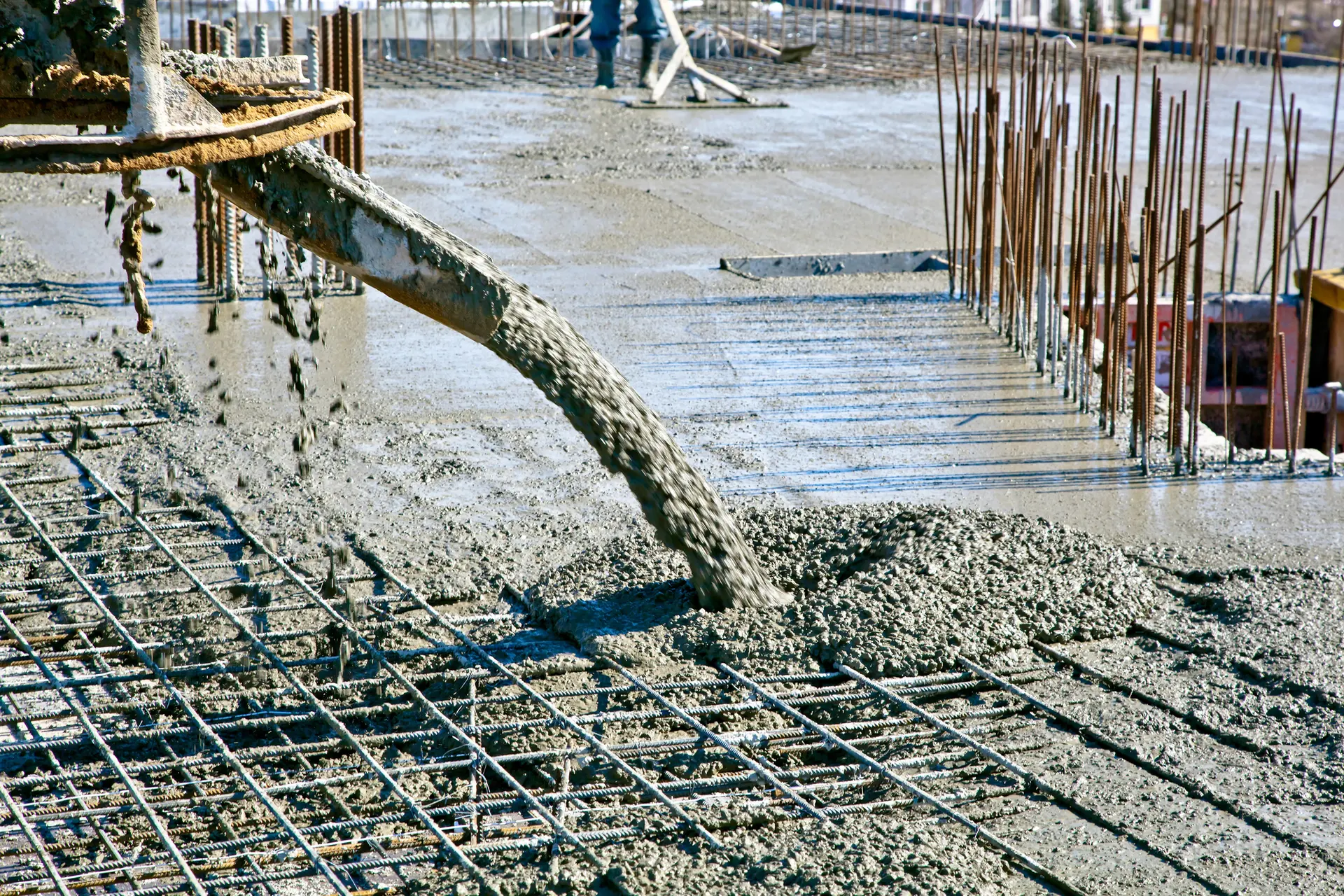In an era where sand scarcity poses a challenge due to escalating demand for concrete, scientists have unveiled a groundbreaking solution using graphene. Renowned for its exceptional strength, graphene is not only an alternative to sand but also enhances the properties of concrete, making it lighter, stronger, and more challenging.
Concrete, a vital construction material, typically comprises water, sand (an aggregate), and cement. Given the extensive use of concrete in modern construction, sand mining has surged, leading to environmental concerns and potential resource depletion. To address this, the Rice University team, led by chemist James Tour, aimed to entirely replace sand with graphene, a one-atom-thick sheet of carbon known for its robust nature.

The researchers utilized flash Joule heating to convert metallurgical coke, a coal-derived fuel source, into graphene flakes. Initial experiments revealed graphene resembling the size of sand, prompting further exploration into its complete substitution in concrete. The results demonstrated not only a sustainable alternative but also significant improvements in concrete properties.
The graphene-infused concrete exhibited a remarkable 25% reduction in weight compared to traditional concrete. Additionally, it showcased a 32% increase in toughness, a 33% boost in peak strain, and a 21% enhancement in compressive strength. Despite an 11% reduction in Young’s modulus, a measure of resistance to deformation, the overall benefits signal a promising future for graphene in construction.

While the current cost of graphene may hinder widespread commercial viability, the study underscores the potential of pursuing alternative materials for sustainable construction practices.
The research, published in the ACS Applied Materials journal, opens avenues for further exploration into graphene’s role in revolutionizing construction materials and reducing reliance on traditional resources.


